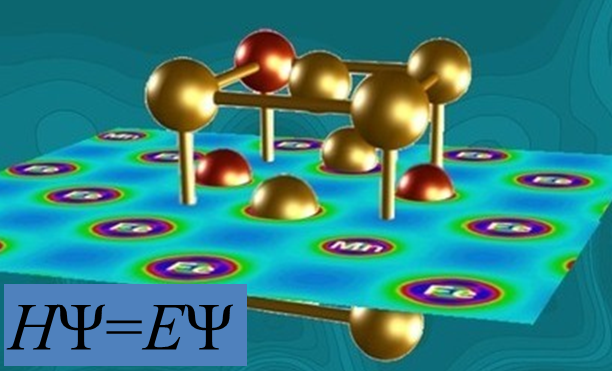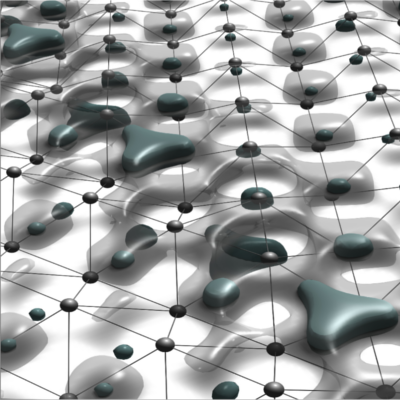Scientific scope of the seminar

The rapid development in the field of ab initio simulations within recent years brings us now in the position to answer fundamental physical questions for materials, which are used in real applications. The decisive advantage of ab initio as compared to classical methods in materials simulations is its derivation from fundamental laws of quantum mechanics. This allows material specific predictions without the use of experimental data or empirical assumptions.

In contrast to ab initio determinations, e.g., of lattice structures, formation enthalpies or conductivities, which are nowadays routinely done, the ab initio prediction of mechanical properties of real materials is still a big challenge. This is due to the fact that the related physical processes are characterized by a complex interplay of bulk properties (e.g., atomic configuration, binding energies, elastic properties) and the microstructure (e.g., grain boundaries, dislocations, precipitates). In order to improve the situation, the development and combination of various physical concepts is decisive.
The aim of the present seminar is, therefore, to present and to discuss latest developments in the field of ab initio simulations of mechanical properties of metals and particularly steels. It will be focused on four major topics: (i) state-of-the-art developments towards multi-scale materials modeling; (ii) individual structural phases, their stability and mechanical properties; (iii) extended defects, determining the microstructure of materials, and (iv) mechanisms for mechanical failure of materials.
For each topic 3-5 leading experts in the corresponding field have been invited to give comprehensive presentations in tutorial style. Extensive introductions into the methods should bring in particular young researcher into the position to actively contribute to the discussions. The goal of the seminar is to bring different communities of scientist together, which are currently only loosely connected.

